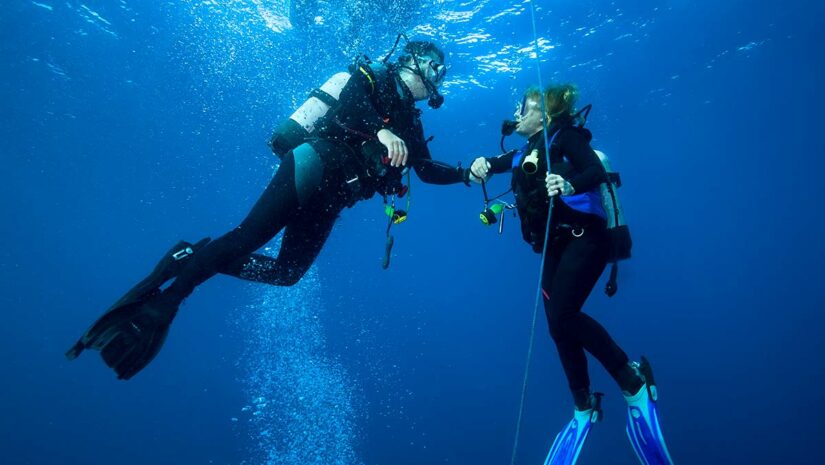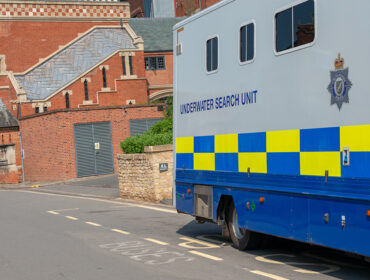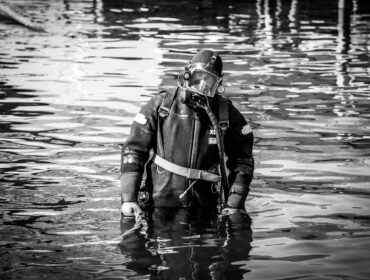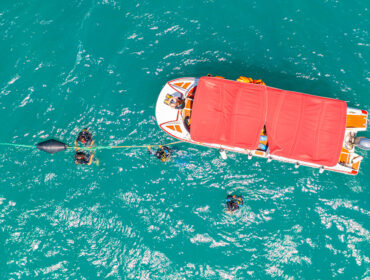What’s in your gear bag? The answer could save a life. Public safety divers are heroes operating in some of the toughest, most dangerous underwater environments. From zero visibility and strong currents to contaminated waters, these conditions push even seasoned divers to their limits. For public safety teams, the stakes are high, the challenges immense, and the scuba gear absolutely critical. The right equipment isn’t just helpful—it’s life-saving.
Whether you’re managing a public safety team, selecting scuba gear for first responder organizations, or suiting up yourself, it’s time to re-examine the essentials that keep divers and surface tenders safe, efficient, and prepared. It’s a job where the right tools can mean the difference between success and disaster. This is why understanding and investing in essential, high-quality equipment is non-negotiable for public safety teams.
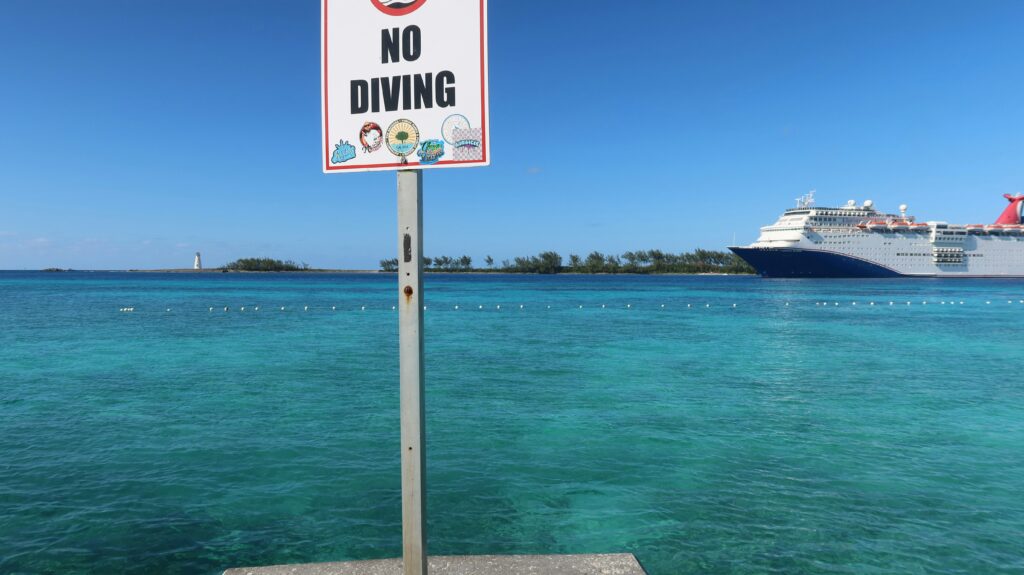
The Critical Challenges of Public Safety Diving
Public safety divers face unique and intense challenges. Understanding these risks is key to selecting the most effective gear.
- Equipment Failures: Malfunctioning scuba gear in these high-pressure scenarios is not an option. Regular maintenance and high-quality equipment are critical to avoiding catastrophic failures.
- Operating in Zero Visibility: When you can’t see your own hands in front of you, navigating and working underwater becomes a test of touch, memory, and specialized technology.
- Hazardous Environments: Contaminated waters, underwater wrecks, and strong currents increase the risk factor. Protective and reliable scuba gear tailored for these environments is non-negotiable.
- Psychological Stress: The high stakes of rescue or recovery missions can weigh heavily on a diver’s mental health, making familiarity with equipment a psychological safety net as well.
- Physical Exhaustion: Every mission demands peak physical performance. Ill-fitting or outdated scuba gear can sap precious energy, increasing fatigue and reducing performance.
Addressing and overcoming these challenges starts with choosing the right scuba gear.
Must-Have Equipment for Public Safety Teams
The equipment in a public safety team’s kit must meet exceptional standards for safety, durability, and reliability. Here’s what every team needs to have at the ready.
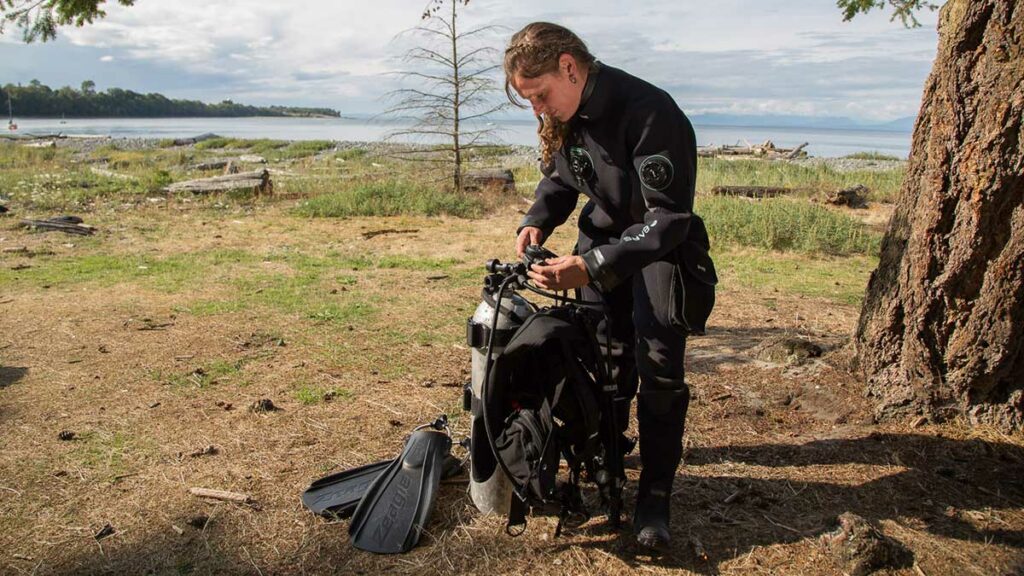
1. Dry Suits
Forget recreational wetsuits—public safety divers need to be protected from contaminated or freezing waters. Modern dry suits are designed to create a watertight seal, offering insulation and preventing exposure to harmful chemicals or biohazards in the water. Reliability, durability and comfort are essential. My work drysuit is the Waterproof DX7, and I’ve put it to the test on many occasions with success (while looking great).
Key Features to Look For:
- Reinforced seams for durability
- Integrated boots for enhanced mobility
- Easy-entry systems, even in cramped spaces
2. Full-Face Masks with Communications
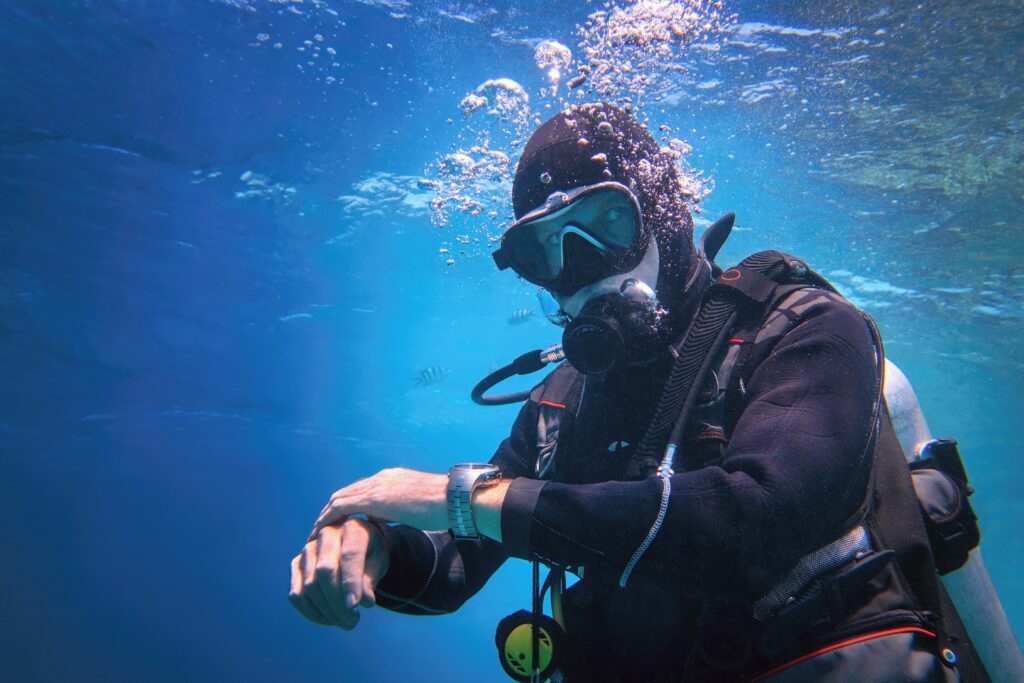
Visibility might be zero, but communication should never be. Full-face masks keep scuba divers’ airways protected while integrated comms systems enable direct communication with surface teams and other divers. Interspiro and Ocean technology Systems (OTS) make some great full face masks with communication systems that allow subsurface comms.
Top Benefits of Full Face Masks with Communications:
- Protect against contaminants
- Facilitate real-time coordination with ground teams
- Minimize stress by creating a stronger sense of connection and safety
3. Cutting Tools for Emergency Egress
Divers Alert Network (DAN) underlines the importance of accessible cutting tools. From tangled ropes to fishing nets, cutting tools are often key to emergency egress. Consider accessibility, ease of drawing the tool, and glove use when choosing cutting tools. Having a backup cutting tool in your scuba gear configuration is also important.
Pro Tip:
Standardize the placement of cutting tools on all public safety team members’ scuba gear for consistency and quick access—even in zero visibility.
4. Specialized Scuba Gear for Contaminated Environments
Public safety teams working in polluted or hazardous water should add specialized scuba gear to their equipment arsenal. Full-body suits such as the DUI CX0100 or the DUI H20 Operations Public Safety Drysuit combined with full-face masks are designed for these extreme conditions, ensuring divers remain shielded from harmful chemicals.
Real-World Example:
Divers from Port Neches Fire and Rescue operating in contaminated waterways near the Sabine River rely on gear designed to handle exposure—keeping them safe and mission-ready.
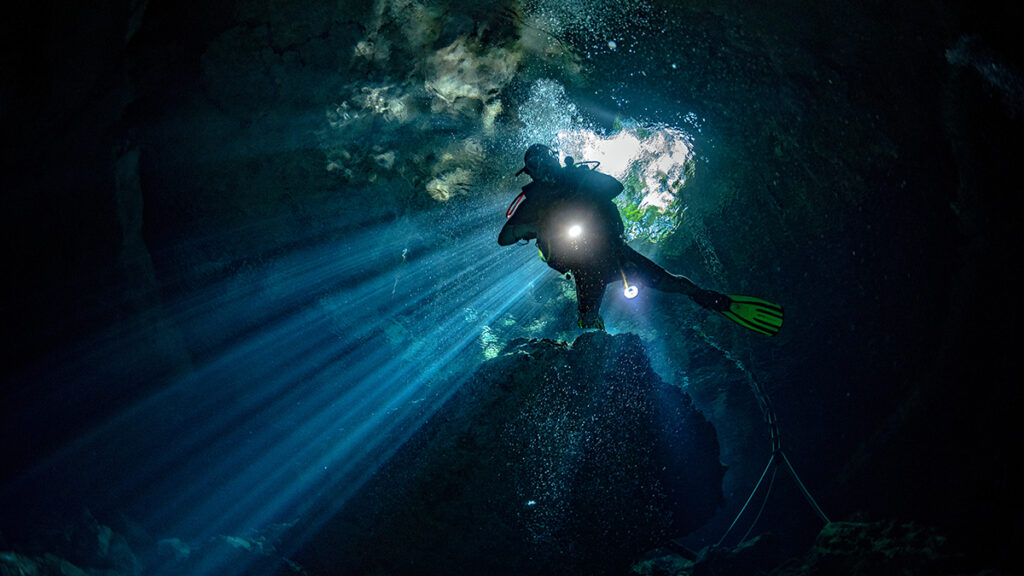
Equipment Maintenance Matters More Than Ever
When lives are on the line, subpar scuba gear—or even poor maintenance on expensive, advanced gear—isn’t just inconvenient; it’s dangerous. For public safety teams, maintaining equipment is as important as the rescue mission itself.
A 2023 case covered by The Guardian involved a major accident due to a poorly maintained scuba cylinder. This tragic incident served as a reminder of the dangers of equipment neglect. To avoid such risks, adhere to these maintenance best practices:
- Regularly inspect all scuba gear for wear and tear.
- Follow manufacturer guidelines for service intervals.
- Create a clear, documented schedule for checks and replacements.
Pro Tip:
Work with industry experts to establish best practices for maintenance. Many organizations, such as Divers Alert Network (DAN), offer resources for reference and guidance on best practices.
Building a Safety-First Culture
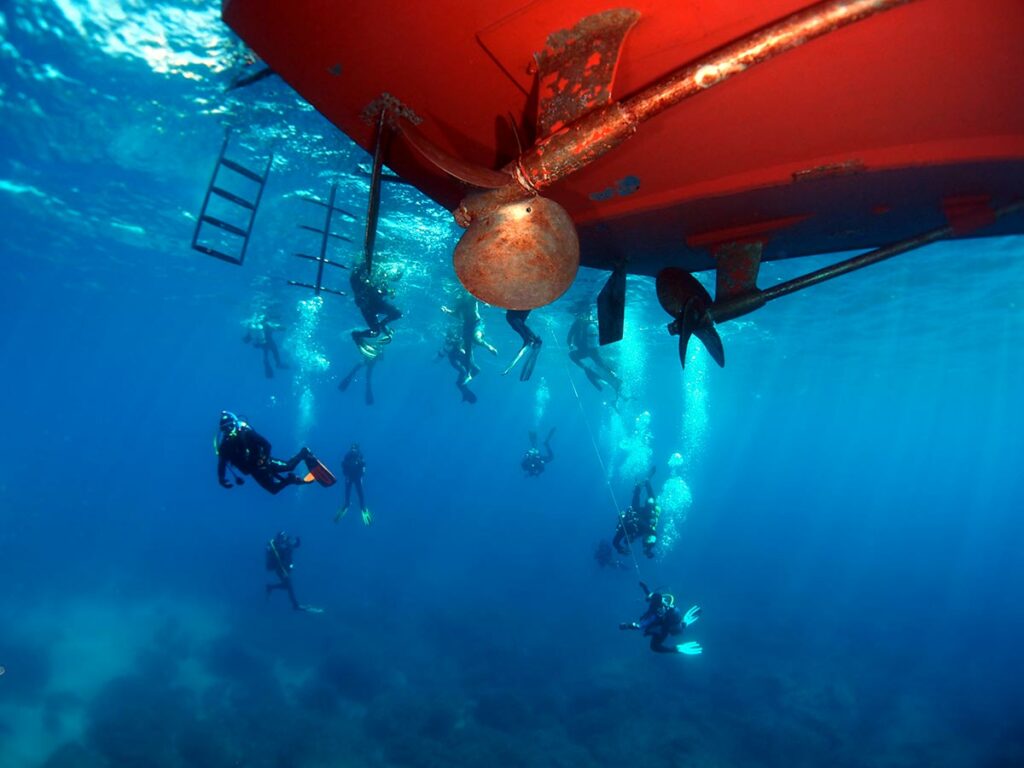
Effective training and familiarity with all equipment are just as important as the tools themselves. Without proper training, even the best equipment could be left unused or used inefficiently in critical moments. Public safety teams should regularly host workshops and training sessions to build confidence under pressure.
In underwater operations, comprehensive training transforms uncertainty into confidence, turning fear into a tool for preparedness, is a concept that I strive to adhere to and share. I’m sure many would agree. This perspective emphasizes that proper training not only reduces fear but also equips divers with the skills needed to tackle unpredictable challenges. This reflects the courage and preparation needed in high-risk environments. Fear diminishes with preparedness—and preparedness starts with equipping teams with the right knowledge and tools.
Take Action Today
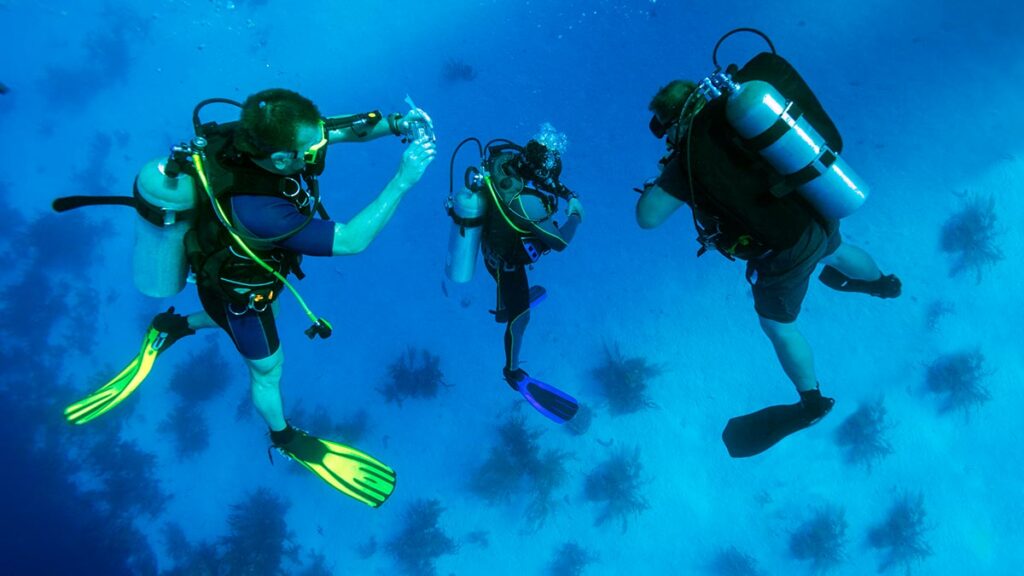
Public safety divers don’t get the luxury of second chances. When you’re deep underwater, every piece of gear must work together seamlessly to protect you and your mission.
- Need help selecting gear? Contact our specialized equipment consultants for personalized recommendations tailored to your team’s needs!
- Want to stay ahead in public safety innovations? Check out our website for monthly updates, product launches, and training updates.
- Have insights or experiences to share? email us—we value your expertise and want to build a safer, more informed public safety community.
Your next life-saving operation shouldn’t hinge on old, ineffective scuba gear. Equip your public safety team with the essentials they need to get the job done right. Together, we can redefine the standards of public safety diving.

